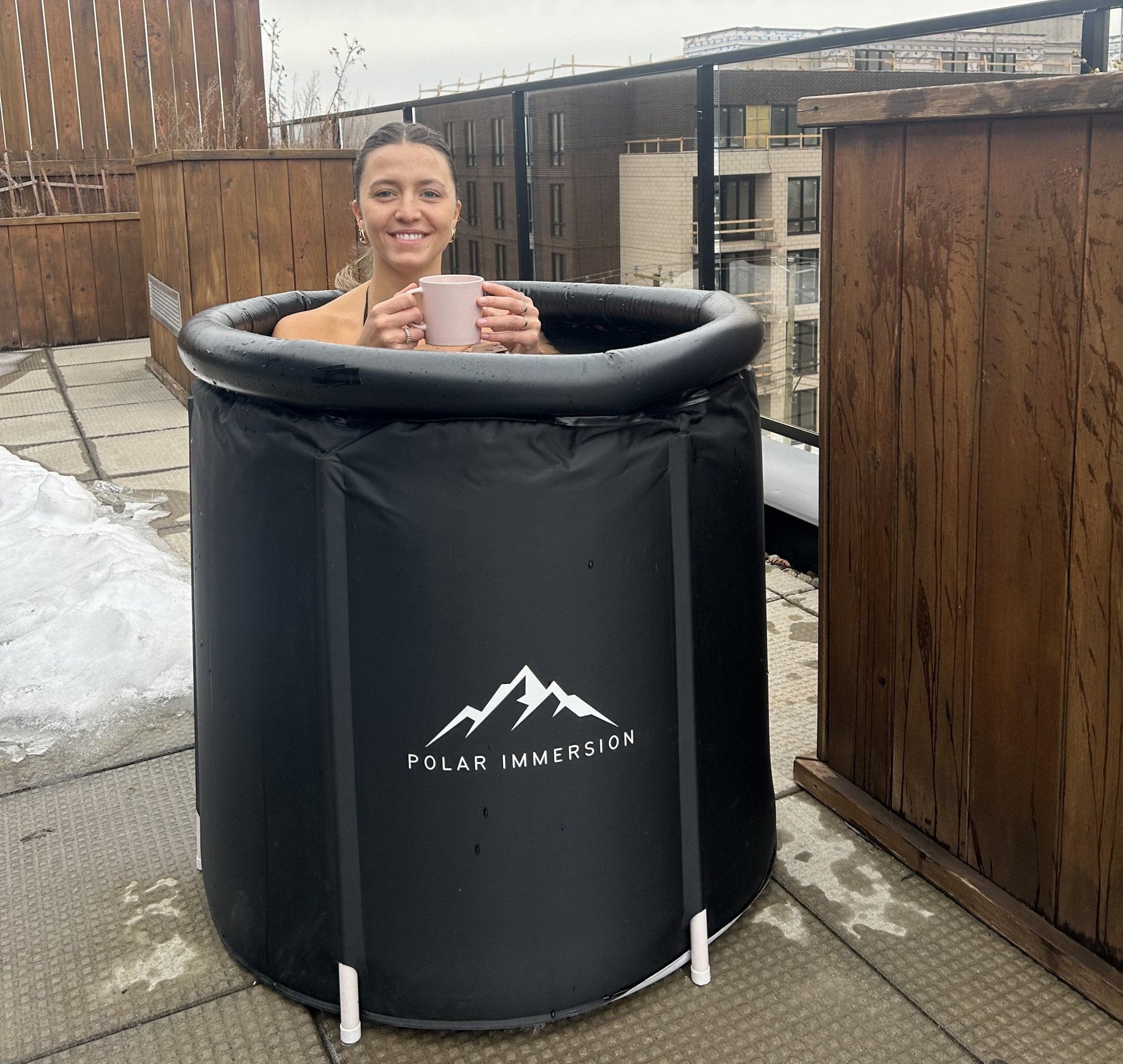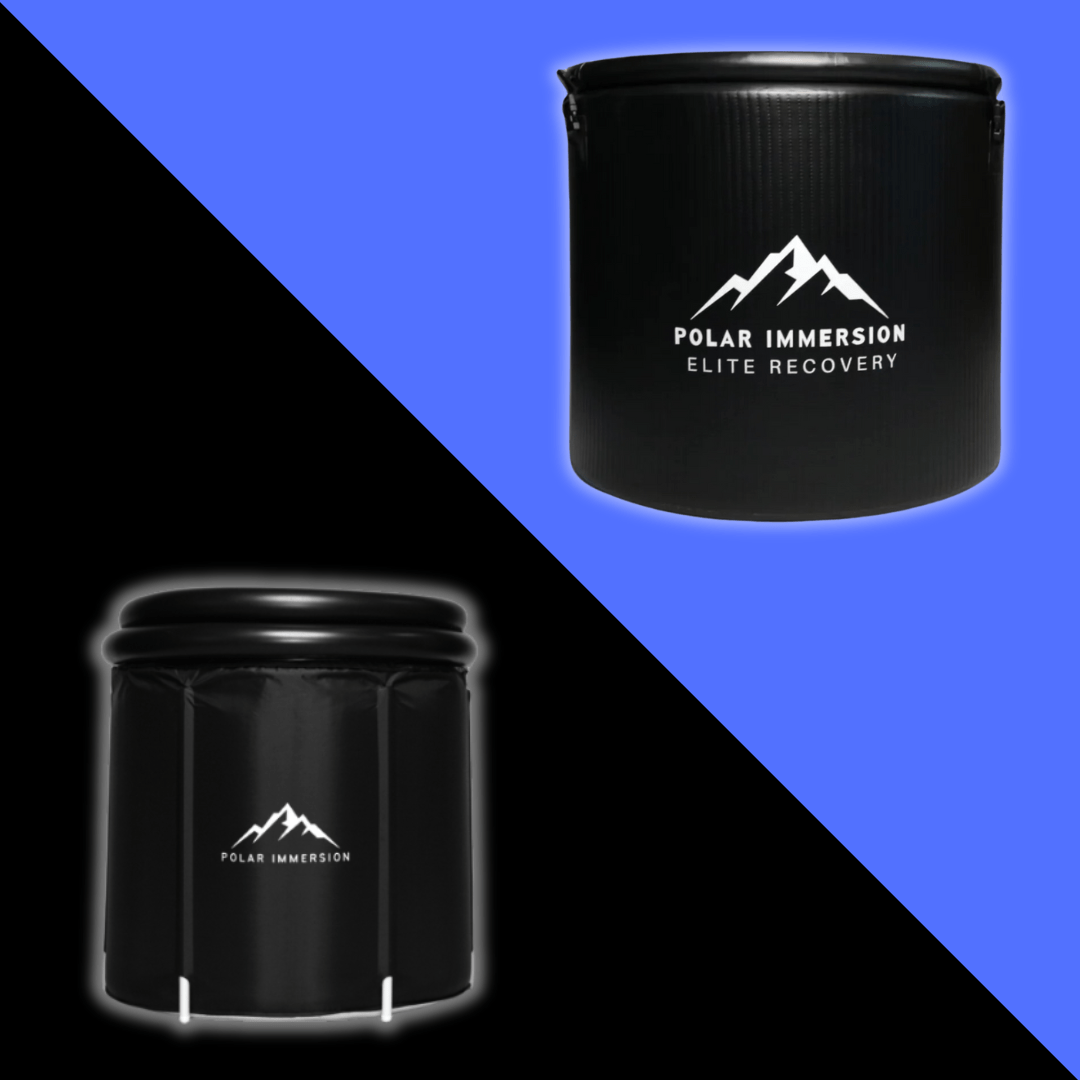Understanding the Importance of Timing
Ice baths, also known as cold plunges, are becoming increasingly popular among athletes and health enthusiasts. But when is the best time to take an ice bath? Timing can significantly impact the effectiveness of cold therapy, helping you maximize its benefits.
Benefits of Ice Baths: Why Timing Matters
Post-Workout Recovery
Ice baths are known for their ability to reduce muscle soreness and speed up recovery after intense exercise. Research shows that athletes who take ice baths after workouts experience 20% less muscle soreness. Taking an ice bath within 30 minutes to two hours post-workout can be especially beneficial for reducing inflammation and aiding muscle recovery.
Morning Energy Boost
Taking an ice bath in the morning can serve as an excellent way to wake up and boost your energy levels. The shock of cold water can increase alertness and kickstart your circulation, setting a positive tone for the day.
Evening Relaxation
An evening ice bath can help you unwind after a long day. Cold exposure can lower cortisol levels, reducing stress and promoting relaxation. This can be particularly beneficial for those looking to manage anxiety or improve sleep quality.
Tips for Determining the Best Time to Take an Ice Bath
Post-Workout Recovery
For optimal muscle recovery, aim to take your ice bath soon after your workout. The ideal time is within 30 minutes to two hours after exercising. This timing helps to reduce inflammation and accelerate muscle repair.
Morning Routine
If you're looking for a way to start your day with a burst of energy, try taking an ice bath in the morning. The cold water can invigorate you, increase alertness, and improve your mood, making it a great addition to your morning routine.
Evening Relaxation
Taking an ice bath in the evening can help you de-stress and prepare for a restful night's sleep. The cold exposure can help calm your mind and body, making it easier to relax and fall asleep.
Preparing for an Ice Bath: What to Do Beforehand
Proper preparation is crucial for a successful ice bath experience. Here are some tips:
- Hydrate well: Drink plenty of water before your ice bath to stay hydrated.
- Mentally prepare: Deep breathing exercises can help you stay calm and focused during the cold plunge.
- Check the temperature: The ideal temperature for an ice bath is between 39-59°F (4-15°C).
Safety Precautions and Common Mistakes to Avoid
To ensure a safe and effective ice bath experience, follow these precautions:
- Stay in a safe environment: Make sure you are in a safe location and have someone nearby if you're new to ice baths.
- Listen to your body: Don’t stay in the ice bath too long. Exit if you feel too cold or uncomfortable.
- Warm up gradually: After your ice bath, warm up your body slowly with warm fluids and light physical activity.
Finding Your Optimal Time for Ice Baths
The best time to take an ice bath depends on your goals and lifestyle. Whether you choose to take an ice bath in the morning, post-workout, or in the evening, timing can play a crucial role in maximizing the benefits of cold therapy. By understanding when to take an ice bath and following proper preparation and safety guidelines, you can make ice baths a valuable part of your wellness routine.
Frequently Asked Questions (FAQ)
Q: What time of day is best for an ice bath?
A: The best time of day depends on your goals. Morning ice baths can boost energy and alertness, while evening ice baths can help with relaxation and stress relief.
Q: How long should I stay in an ice bath for optimal benefits?
A: For most people, staying in an ice bath for 5-10 minutes is sufficient. Beginners should start with shorter durations and gradually increase as they become more accustomed to the cold.
Q: Can ice baths interfere with sleep if taken too late?
A: It depends on the individual. Some people find that an evening ice bath helps them relax and sleep better, while others may feel too energized. It's best to experiment and see what works for you.
Q: Are there specific times to avoid taking an ice bath?
A: Avoid taking an ice bath right before intense physical activity, as it can temporarily reduce muscle strength. Also, if you're feeling very cold or unwell, it's best to skip the ice bath.
Q: How soon after a workout should I take an ice bath?
A: For optimal recovery, aim to take your ice bath within 30 minutes to two hours after your workout. This timing helps to reduce inflammation and muscle soreness effectively.



Leave a comment
This site is protected by hCaptcha and the hCaptcha Privacy Policy and Terms of Service apply.